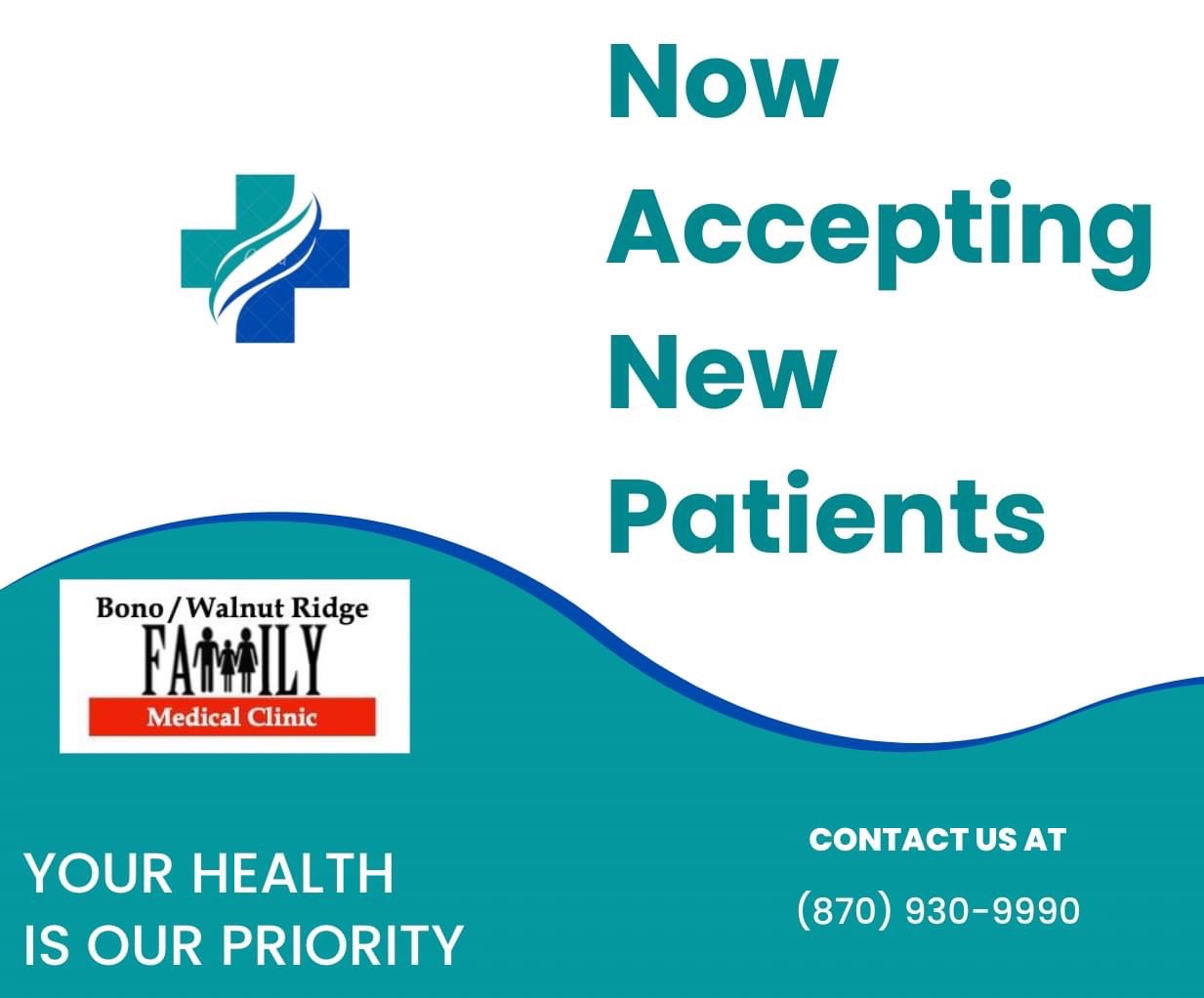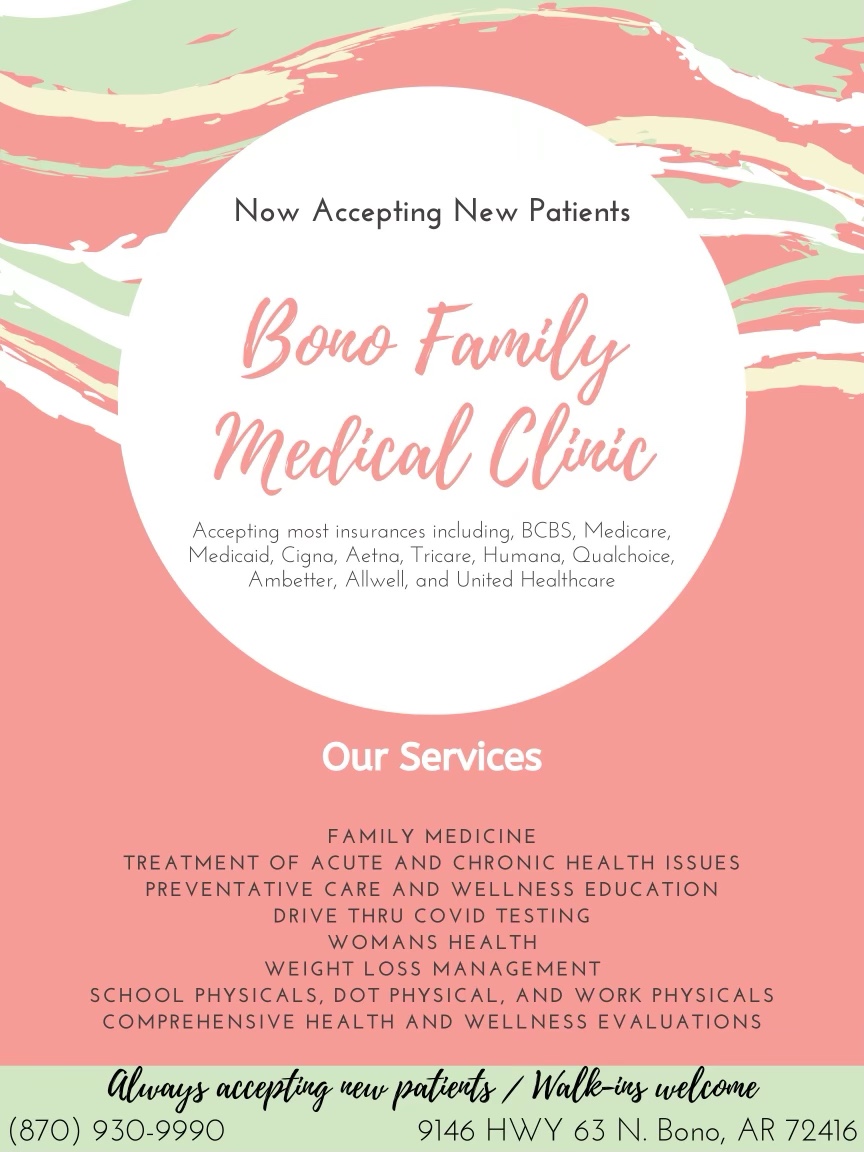
On Thursday, State Representative Fran Cavenaugh reported 22 positive COVID-19 cases in a single nursing facility in Lawrence County – despite only 12 positive cases being reported by the state for the entire county as of Friday morning. As of Friday evening, Lawrence County showed to have 24 cases.
6:30 PM
Confirmed cases in Arkansas: 1,695
Deaths: 37
Recoveries: 593
Hospitalized: 93
On Ventilator: 23
Active: 1,065
Note: The ADH landing page stated 1,700 cases at 5:30 PM, when we took the screenshot below, but the ADH map said 1,695.


6:30 PM
Additional note: ADH updated their numbers on the landing page after we posted this to say 1,695 – again.

5:30 PM
NEA County Numbers:
- Randolph County: 10 positive, 7 recoveries, 169 negative
- Clay County: 1 positive, 0 recoveries, 72 negative
- Cleburne County: 70 positive, 43 recoveries, 115 negative, 4 deaths
- Craighead County: 40 positive, 21 recoveries, 402 negative, 1 death
- Crittenden County: 127 positive, 33 recoveries, 656 negative, 4 deaths
- Fulton County: 0 positive, 0 recoveries, 23 negative
- Greene County: 6 positive, 3 recoveries, 354 negative
- Independence County: 7 positive, 4 recoveries, 70 negative
- Jackson County: 1 positive, 0 recoveries, 34 negative
- Lawrence County: 24 positive, 0 recoveries, 119 negative, 1 death
- Mississippi County: 8 positive, 6 recoveries, 52 negative
- Sharp County: 2 positives, 1 recoveries, 20 negative
- Don’t see your county? Click here to find it on ADH’s map.
5:30 PM
United States: 692,169 positive
36,721 have died.
Global: 2,224,426 positive
153,177 have died.
Source: Johns Hopkins University
Walnut Ridge nursing facility has 22 positive COVID-19 cases, State Rep says
Despite official numbers from the Arkansas Department of Health that show only 12 positive cases in Lawrence County, there are more than that in a single building alone, according to State Rep Fran Cavenaugh. Rep Cavenaugh posted on Thursday that she had confirmed 22 positives in the nursing facility in Walnut Ridge: one hospitalization, and one death. Also five workers have tested positive (they are quarantined).
NEA Report reached out and Cavenaugh confirmed the facility was Walnut Ridge Nursing and Rehab. She said the positive tests were not all confirmed at once and instead were confirmed over several days. Despite this, official numbers from the Arkansas Department of Health lagged behind Friday morning with only 12 cases confirmed in the county.
1 PM
Commentary: No Time to Let Up
Rajendram Rajnarayanan, PhD, is the assistant dean of research and an associate professor of basic sciences at New York Institute of Technology College of Osteopathic Medicine at Arkansas State University. His past research includes studies on the use of old drugs to treat new and emerging viruses, including the deadly Severe Acute Respiratory Syndrome (SARS) outbreak of the early 2000s.
After weeks of seemingly endless reports of the dire medical condition in the Northeast, last weekend finally brought some better news from the national networks. It appears that New York has reached its peak in COVID-19 cases and conditions will slowly start to improve.
For Arkansans and those of us living throughout the South, the most important caveat to those reports is their geographic point of origination. The “good news” doesn’t exactly apply to us – yet.
The tide is starting to turn in New York and other densely-populated areas that have been hotspots of COVID-19 activity. National trends are heavily influenced by those COVID-19 hotbeds, so as cases go down in places like New York City, you will see significant decreases in the national averages as well.
Accordingly, national news reports may tell you that we’re on the down-slope in the U.S. as a whole, but that doesn’t tell the full story. We still have a long way to go in Arkansas, and this is not the time to let down our guard.
While New York may have peaked, Arkansas is not projected to reach its high mark of cases for at least another three weeks in the most optimistic of models from the Institute for Health Metrics and Evaluation (IHME), the models that are frequently cited by White House advisers Dr. Anonthy Fauci and Dr. Deborah Birx.
The fear is that if we in Arkansas and other areas of the South focus on national trends rather than those that specifically focus on what’s happening in our region, we may indulge in a premature opening of public places and relaxing of the policies that have helped keep our rates of infection, hospitalization and mortality low.
Currently, what we’re doing in Arkansas is having a positive impact. Early IHME models projected as many as 1,082 COVID-19-related deaths in our state. Because of how well we’ve followed recommendations from the Centers for Disease Control – such as social distancing, frequent hand washing, wearing facial coverings and isolation of anyone experiencing illness – that projection has been dramatically reduced.
As of Wednesday, the latest number was 195 projected deaths in Arkansas, a reduction of about 80% of initial forecasts. Similarly, there’s a significant reduction in projected deaths nationally, from 240,000 weeks ago to 68,841 now.
In late March, Google mobility data reports, which follow cell phone activity, showed activity in Arkansas parks was drastically increased compared to that of pre-COVID-19 activity. By the first week of April, that number had reduced from roughly 80% above baseline to approximately 25% and now hovering around 1%, thanks in large part to our state government closing many areas, which has proven to be a prudent decision.
Unacast social distancing data, which specifically looks at clusters of cell phones within 50 meters of each other over a specific period of time, reports a decrease of approximately 74 to 82% in encounters density in Arkansas compared to its national baseline.
That can all change quickly. Those trends will only remain positive if we keep up the good work. To use a sports analogy, our team has the lead, but we can’t let up if we want to stay ahead. If we start to feel like we can return to more normal activity and begin socializing as we do when we’re not in the midst of a global health crisis, we will see our infection rates spike, which will prolong the crisis and potentially stress our healthcare infrastructure in ways that we’ve fortunately been able to avoid to this point.
There are four things that concern me in particular. First, access to COVID-19 testing is still a challenge in some parts of the country. Are we underestimating the number of cases, especially in rural areas?
My second concern is sensitivity of the COVID-19 diagnostic test. Do we understand the risk from false negative results? A recent report from Mayo Clinic suggests that the magnitude of risk from a test with 90% sensitivity is still substantial when the spread of COVID-19 is more prevalent. Testing capacity and risk should be clearly understood before relaxing social distancing guidelines.
Third, spread from asymptomatic individuals is an issue. Recent data from the CDC shows that as many of 25% of people who are infected with COVID-19 may not ever experience symptoms. Those who don’t feel sick nor show any signs of being ill may feel like they’re safe to carry on normal activity, unknowingly spreading the disease and prolonging our battle. If people don’t feel sick and believe we’ve moved out of the woods in terms of our vulnerability, this could only serve to exasperate the problem. It’s a situation we can’t afford to allow happen.
Finally, I’m concerned that we don’t understand the risk from a potential second wave of the epidemic. Most predictive models assume diligent continuation of social distancing months after the peak period. If we begin intermingling and returning to typical social habits, we’re facing the real danger of encountering a rash of new COVID-19 cases.
As you start to hear and read discussion of recovery, don’t let that signal that we’re approaching smooth seas. Rough water is still ahead, but together, we can all help navigate it much more successfully if we remain alert, stay disciplined and keep following the practices that have helped us handle an incredibly challenging situation with as little damage as possible.
Science recommended us to close the country to stop the spread. Let science drive us back to safety as we move to re-open as well.
This story will be updated throughout the day on Friday, April 17, with COVID-19 related headlines. Check back/refresh for the latest numbers and news.















God speed to all. We need a miracle with this covid 19. And for people to be staying at home and if having to go out to wear a mask and gloves to stop the spread of it. My prayers and thoughts are with everyone around the world